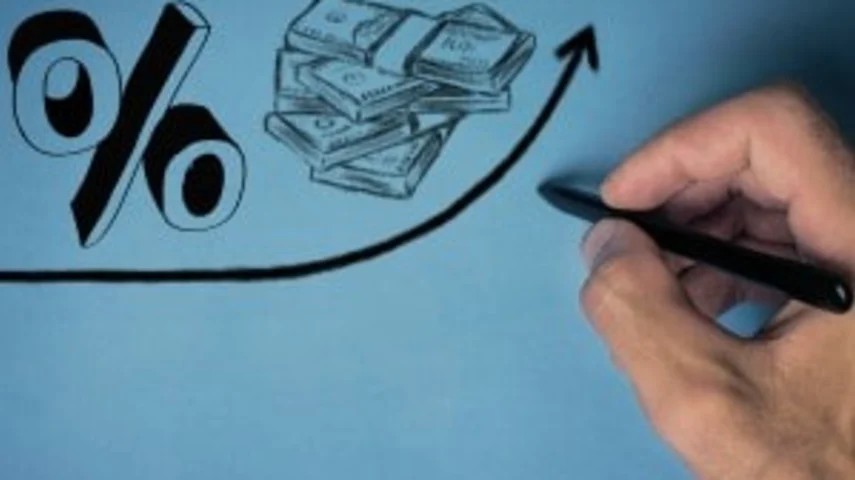Why did the RBA opt for a smaller hike?



The Reserve Bank of Australia (RBA) has given insight into its unexpected decision by raise rates by 25bps, smaller than the forecasted 50bps increase.
In its minutes from the October meeting, the monetary policy committee said the RBA had opted to raise by 25bps to 2.6% instead of 50bps which had been the increase of the previous four meetings.
In opting for a smaller rise, the RBA was the first global central bank to reduce the size of its increases.
Factors affecting the decision included inflation, financial markets, risks to domestic growth and the uncertain effects of the previous rate rises.
“The arguments for continuing with an increase of 50bps stemmed from the inflationary environment and risks to inflation expectations. Inflation was high, broadly based and expected to increase further.
“The arguments for a 25bps increase rested on the risks to global and domestic growth, and the potential for inflation to subside quickly. The cash rate had risen by a significant amount in a short period of time. While consumption had so far held up, monetary policy operated with a lag and there was a risk that household spending might adjust by more than expected.”
On balance, the committee decided to take the smaller increase with the knowledge further interest rates hikes were likely to occur in the coming months.
“A smaller increase than that agreed at preceding meetings was warranted given that the cash rate had been increased substantially in a short period of time and the full effect of that increase lay ahead.”
Recommended for you
Ausbil is growing its active ETF range with an ESG product in collaboration with sister company Candriam.
Philanthropic investment group Future Generation’s CEO, Caroline Gurney, will step down from her role at the start of next year.
The newly combined L1 Group is expectant of stabilising Platinum’s falling funds under management within the next 18 months, unveiling four growth pathways and a $330 million equity raise.
Janus Henderson Investors has launched a global small-cap fund for Australian investors, which includes a 5.4 per cent weighting to Australian equities.












